Windows Operating System
Overview
The Windows operating system is the most famous and common operating system. It was developed by Microsoft and was first released in the year 1985. Features of the windows operating system include a Graphical User Interface, multitasking, and support for many peripheral devices. Windows have Microsoft Office, which became the most common and popular office suite. It has many features like a file explorer, command prompt, task manager, AI-powered bot called Cortana, etc. Windows provide several editions to the users, but the common ones are windows Home and Professional.
What is Windows Operating System?
Before we proceed to the windows operating system, let us know what an operating system is. An operating system, also known as OS, is system software that provides an interface between the system user and hardware. The roles and responsibilities of the operating system revolve around process management, file management, I/O management(manages the communication between applications and the interfaces provided by device drivers.), memory management, network management, etc.
The windows operating system is the most famous and common operating system. It was developed by Microsoft and was first released in the year 1985. Windows provide a Graphical User Interface, multitasking, and support for many peripheral devices. It has an AI assistant called Cortana, which is voice-powered, a control panel, and advanced multitasking. Windows provide several editions to the users, but the common ones are windows Home and Professional. Windows have Microsoft Office, which became the most common and popular office suite.
Features of Windows Operating System
Windows have plenty of features that make the workflow easy. Some of them are as follows-
-
File Explorer- In real life, we keep all our documents in one place and segregate them according to their use and need. In windows, the same work is done by the file explorer. It saves all our files in one place, according to the location that we provide. All the locations are displayed here, along with the removable disks and pen drives we insert. We can also manage various files and perform operations on them like- inserting, creating shortcuts, renaming, deleting, grouping files, etc. It makes searching for files easier using the search function.

-
Control Panel- As the name suggests, it controls and configures the resources and apps on our computer. There are a lot of functions that can be performed according to the user's needs. Everything can be done here, from system administration to set the time. If we want to interface our computer with hardware, the settings can be changed here, and various network-related settings can be changed too.

- Cortana- In windows, we have been provided with a voice assistant who helps us with things we cannot do and are stuck at. It is an AI-operated voice assistant that acts according to our commands and helps us to perform actions like opening a document, playing music, etc. Its concept resembles that of Google Assistant, Siri, etc.

-
Browser- The default browser of windows is Microsoft Edge. We can search for information and surf the internet using the browser. Windows come in with a pre-installed browser. Earlier, the default browser was Internet Explorer, but later, it was changed to Edge. It renders search results faster and has security features like malware protection, phishing protection, and detection of insecure websites.
-
MS Paint- This is a feature from the 1st version of Windows itself. As the name suggests, it is used to paint, i.e., create drawings, paintings, colorings, etc. A blank canvas, along with various inks, pens, and shapes. Now an improvised version of MS Paint that is known as Paint-3D comes with more and improved features.

- Task Manager- The task manager is used to manage all the currently running tasks. We can force-stop tasks currently running and get information on which tasks are running in the background. We also get information on how much-** CPU, RAM, and memory** are used by various system resources.

- Task bar- The taskbar is the graphical user interface element showing the tasks or applications that are open now. It also contains pinned applications done by the user, date, and time. The taskbar varies according to the operating system, but it is usually a small strip at the screen's bottom.

- Start- It is used to start a program that is installed on the computer. The windows symbol denotes the start icon. It is located in the taskbar.

History of Windows Operating System
The first version of Windows, Windows 1.0, was released in November 1985. Later many versions with improvised features, GUI, and performance were released. The latest version of windows is Windows 11, which was released in October 2021.
Early History of Windows Operating System
The history of the windows operating system dates back to 1981 when Microsoft started working on a program named "Interface Manager". It was officially announced under the name "Windows" in 1983. The first Windows version was released in 1985 and was called Windows 1.0. It tried to be a competitor to Apple's operating system but could not gain that much popularity. It simply extended the MS-DOS operating system. But gradually, the upcoming versions of windows were improved, and today Windows is the most successful operating system ever.
Various Versions of Windows Operating System
There are various versions of the Windows operating system that has been released to date-
Windows 1.0
Date of release- November 1985
Cost- $100
Features- It was the first-ever version of the Windows operating system. It extended the MS-DOS operating system and implemented some functionalities like point and click for accessing the windows instead of typing the commands as it had to be done in MS-DOS. It had basic features like Calendar, Cardfile, Notepad, Terminal, Calculator, Clock, and Executive file manager.
Logo- 
Windows 2.0
Date of release- December 1987
Cost-$100
Features- This was an improvised version of windows 1.0 with many additional features. It had the feature of minimizing and maximizing the window and added desktop icons and keyboard shortcuts. This was the first version where excel and word were used.
Logo- 
Windows 3.0
Date of release- May, 1990
Cost-
- For a full version- $149.9
- For upgraded version- $79.9
Features- Windows 3.0 was an extension of Windows 2.0 and was a lot more successful than the previous two versions. Windows 3.0 had multimedia support, and it needed a hard drive. The interface was colorful, as it supported 256 colors. This was the first version where File Manager, Print Manager, and a game called Solitaire were introduced.
Logo-
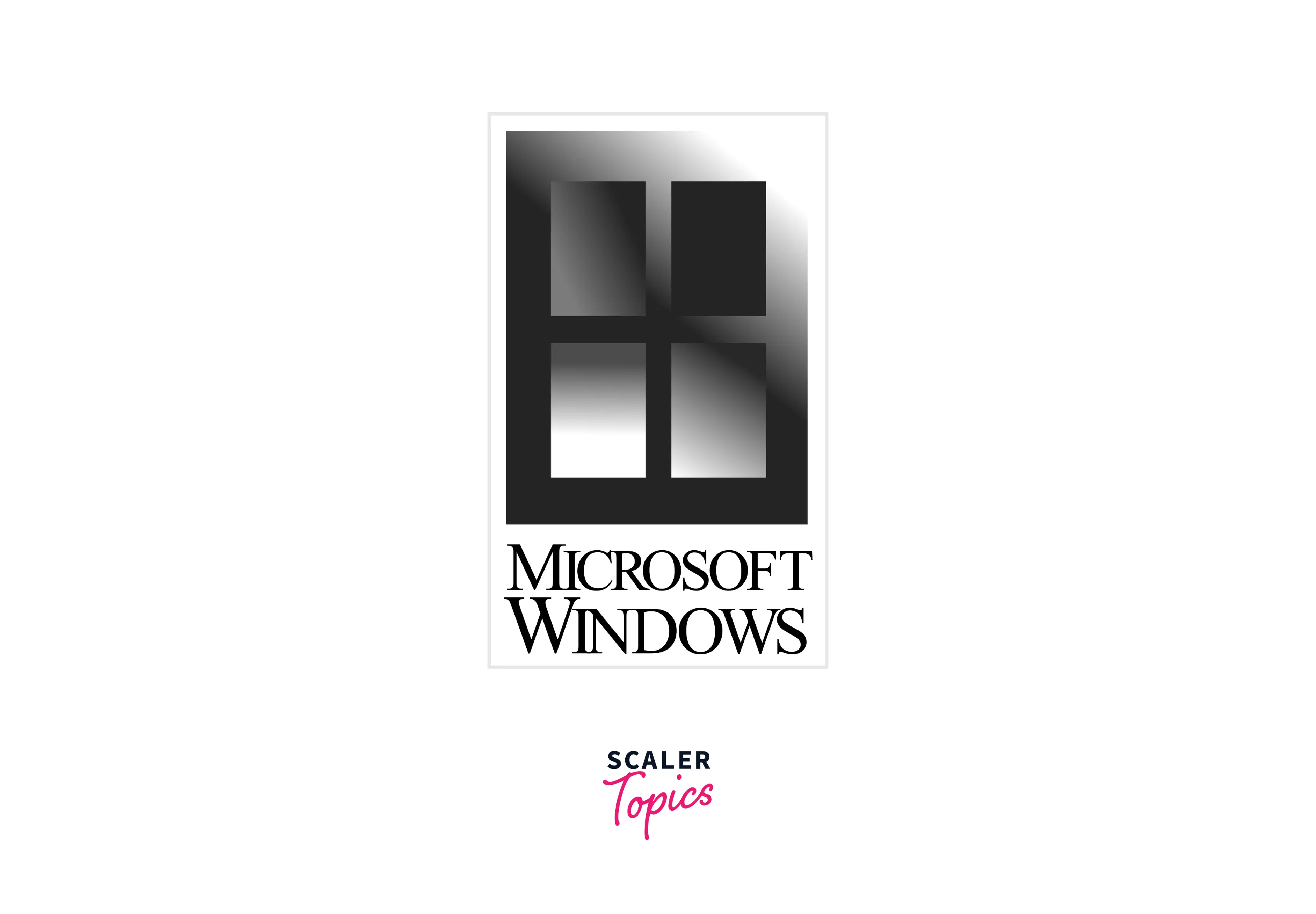
Windows 3.1
Date of release- April, 1992
Cost-
- For a full version- $495
- For upgraded version- $295
Features- This was a common window used for PC GUI. A total of 1 million copies were sold within two months of release. Windows 3.1was the first operating system to be divided on a CD-ROM. The other generations of Windows3.1` are the following-
- Windows NT 3.1
- Windows 3.11
- Windows NT 5
- Windows NT 3.51
Logo-
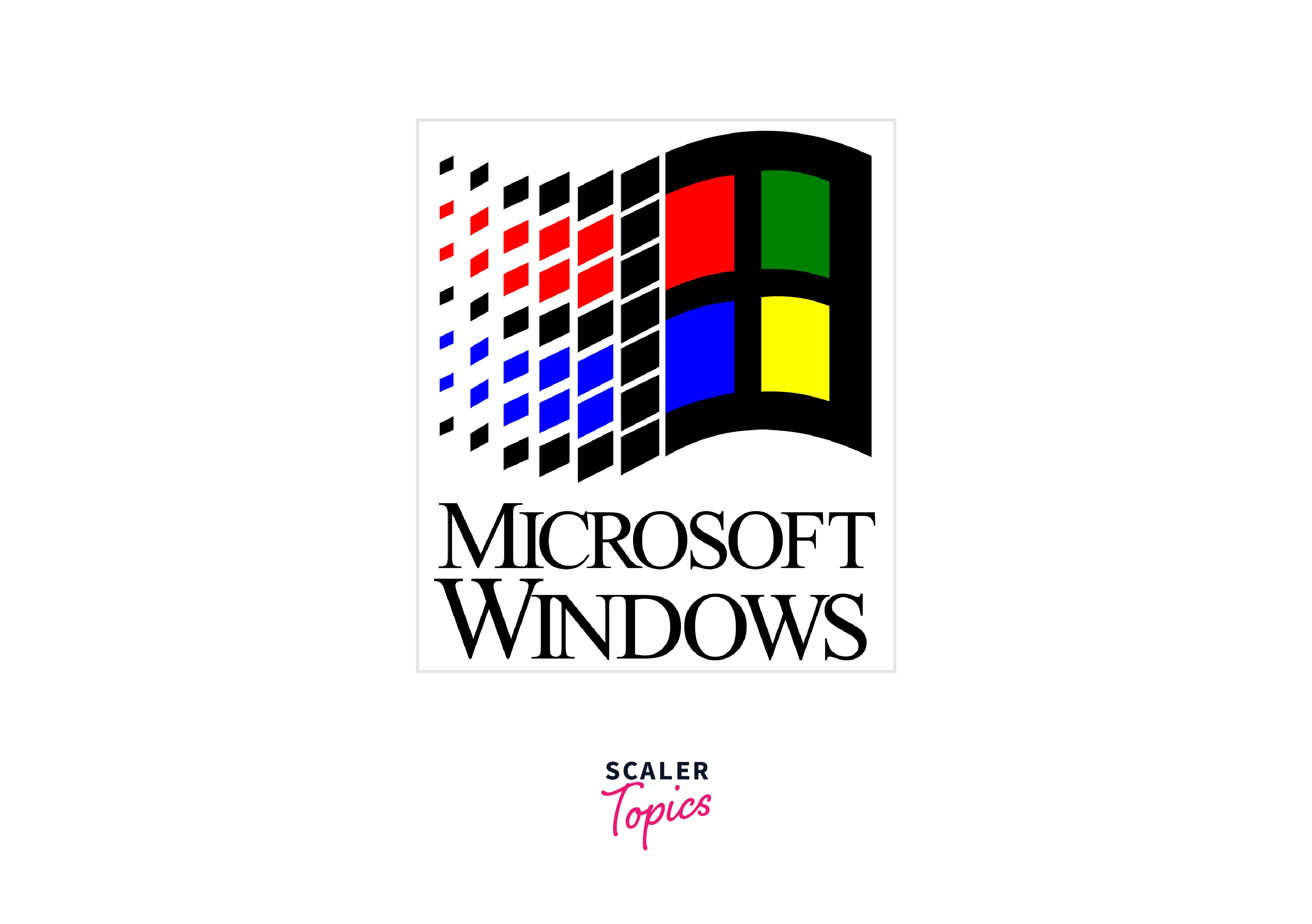
Windows 95
Date of release- August, 1995
Cost-
- For a full version- $209.9
- For upgraded version- $109.9
Features- This was one of the best-operating systems created by windows until 1995. Internet Explorer was used in this version, but it needed a Windows plus pack. Multitasking was also supported. This version also had a start button, start menu, and taskbar.
Logo-
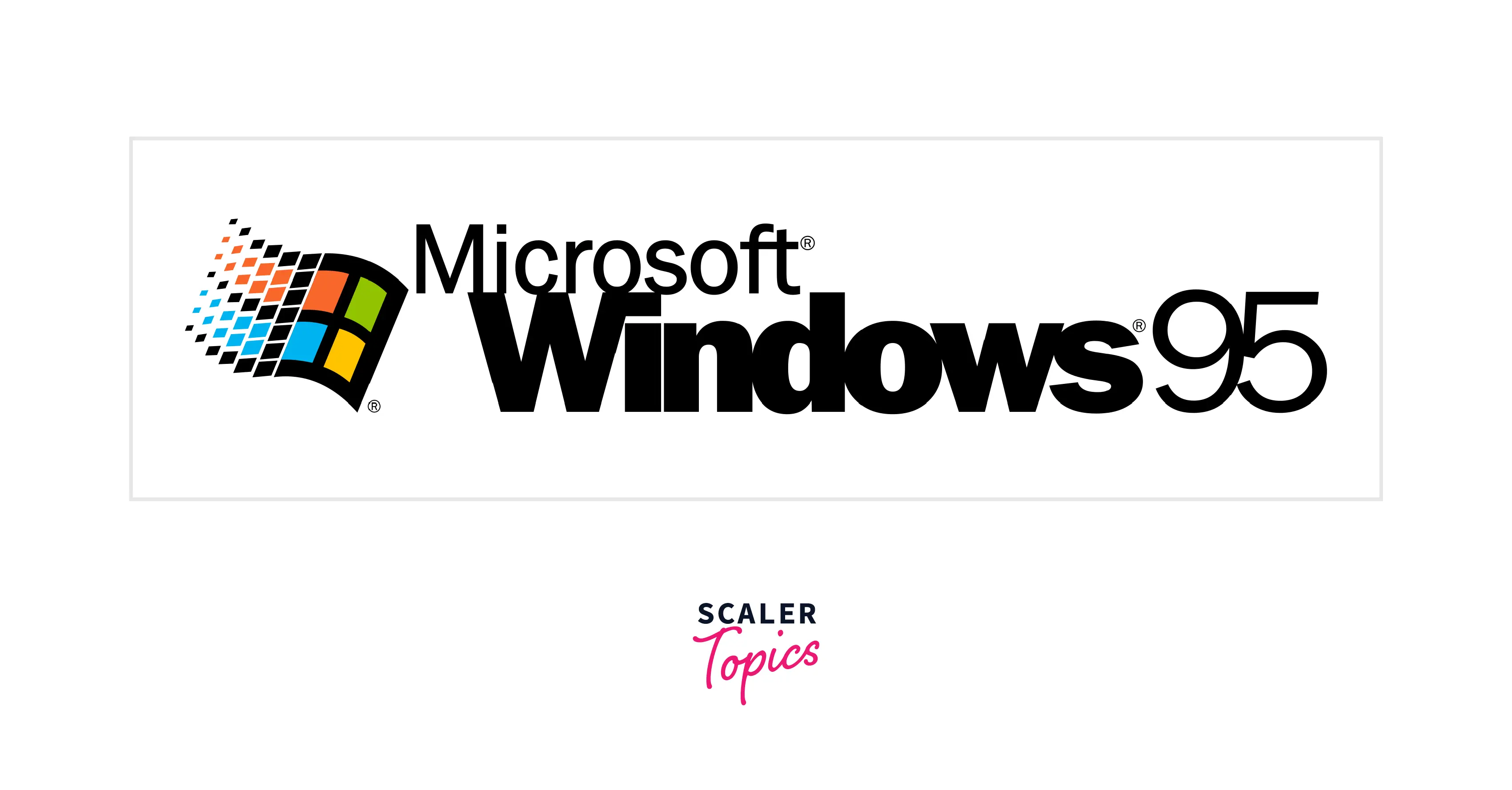
Windows 98
Date of release- August, 1995
Cost-
- For a full version- $209.9
- For upgraded version- $109.9
Features- Windows 98 had Internet Explorer, Microsoft Chat, and Outlook Express. This window had an integrated browser.
Logo-
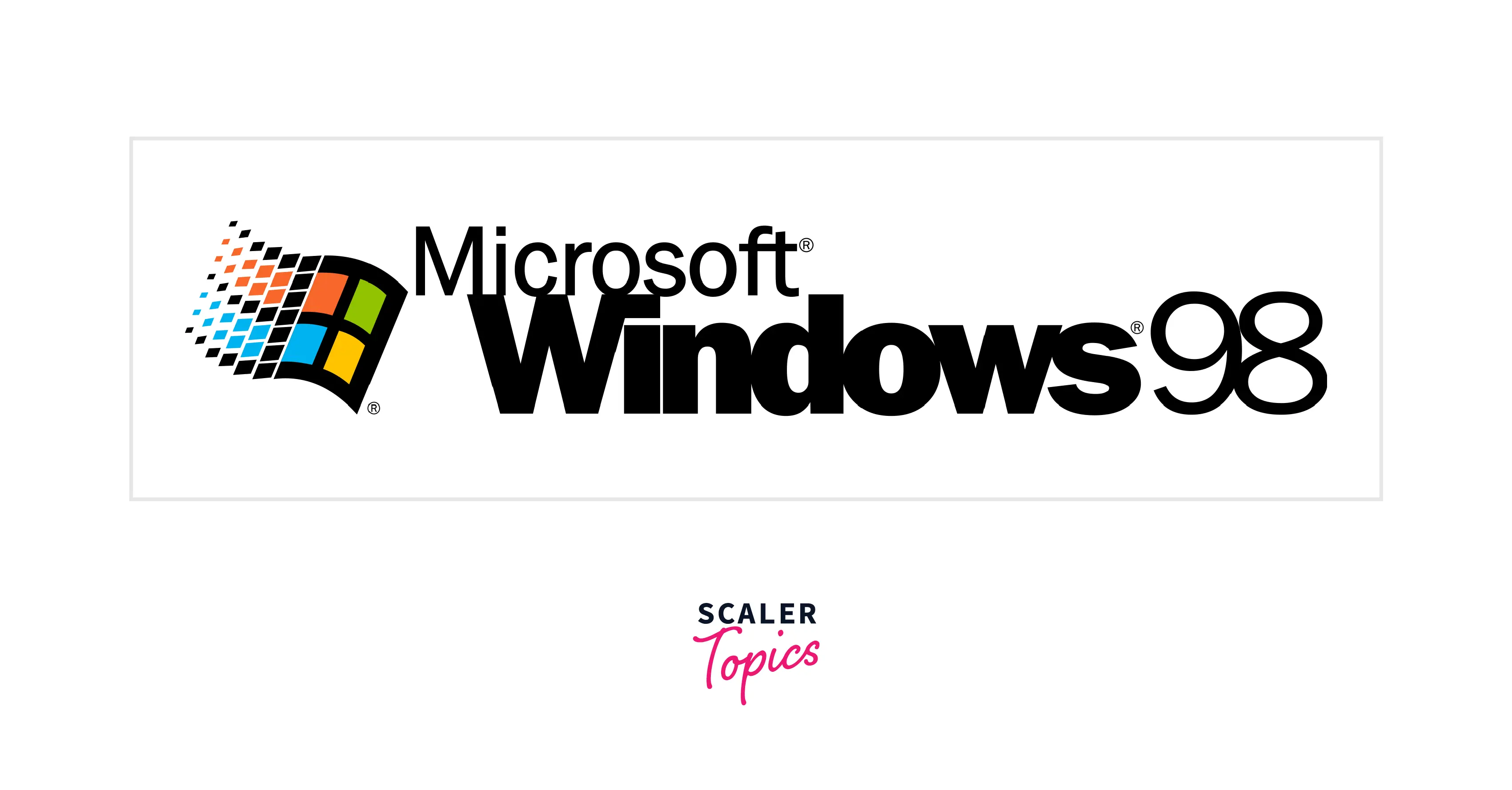
Windows 2000
Date of release- February, 2000
Cost-
- For a full version- $319
- For upgraded version- $149
Features- Windows 2000 was mainly for commercial use; it had four versions-
- Professional- for business and personal laptops
- Server- office and web server
- Advanced server- business network
- Datacenter server- high-traffic networks
Logo-

Windows ME
Date of release- September, 2000
Cost-
- For a full version- $209
- For upgraded version- $109
Features-ME stands for Millennium Edition. This was the last Operating system that was based on MS-DOS. It was also mainly for commercial use.
Logo-
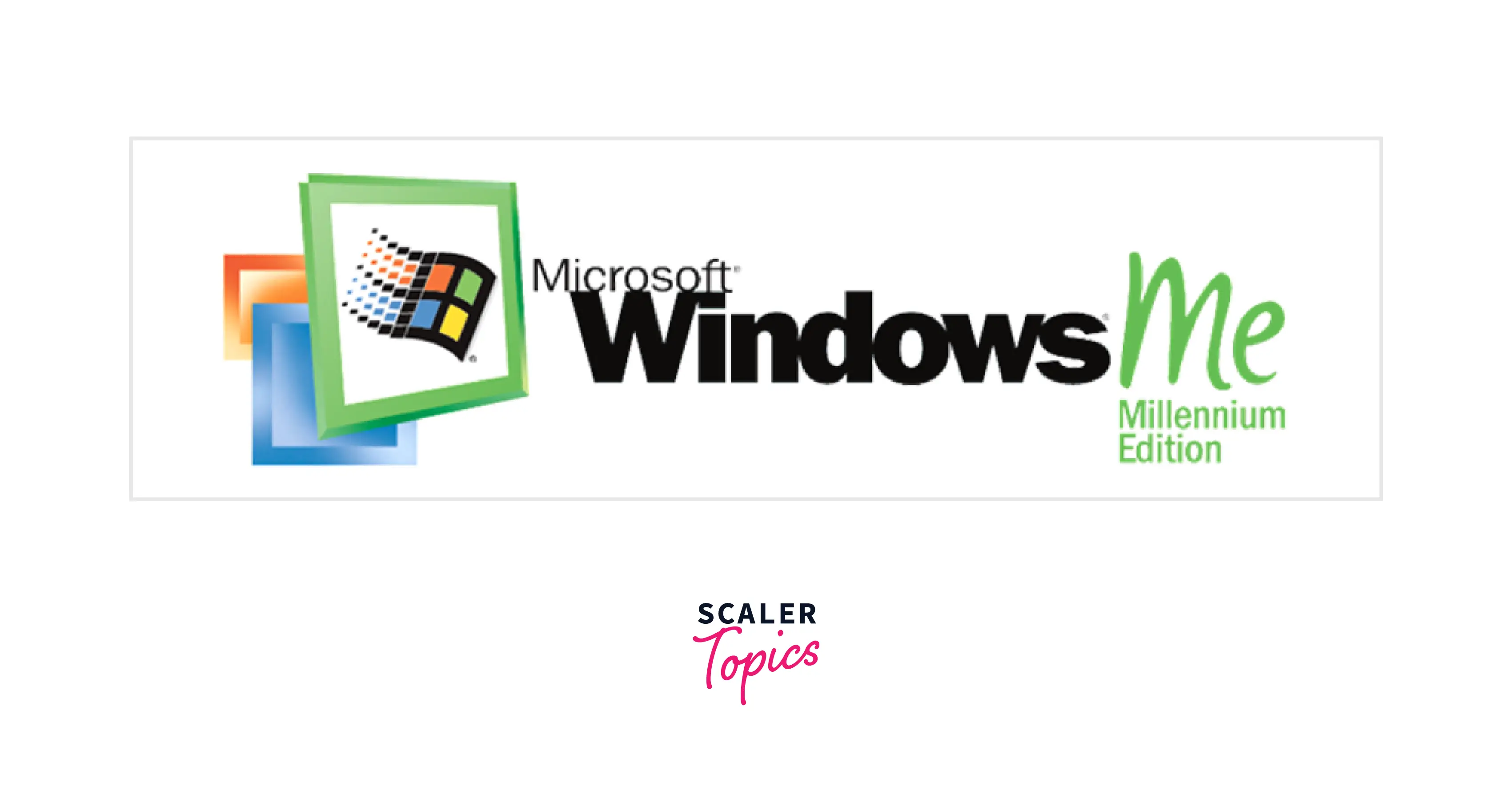
Windows XP
Date of release- October, 2001
Cost-
- Home- $199 USD for a full version; $99 USD for the upgraded version
- Professional- $299 USD for a full version; $199 for the upgraded version
Features- Windows XP was the best Windows version during its time. The green start button replaced the original start button, and the blue taskbar replaced the original taskbar. It provided more reliability and security than other versions.
Logo-

Windows Vista
Date of release- January, 2007
Cost-
- Home Basic- $199 for a full version; $99.95 USD for the upgraded version
- Home Premium- 159` USD for the upgraded version
- Business- $299 for a full version; $199 for the upgraded version
- Ultimate- $399 for a full version; $259 USD for the upgraded version
Features- Windows Vista is an improved version of Windows XP in terms of security and performance. Windows Media Player 11, IE 7, and Windows Defender were released in this version.
Logo-
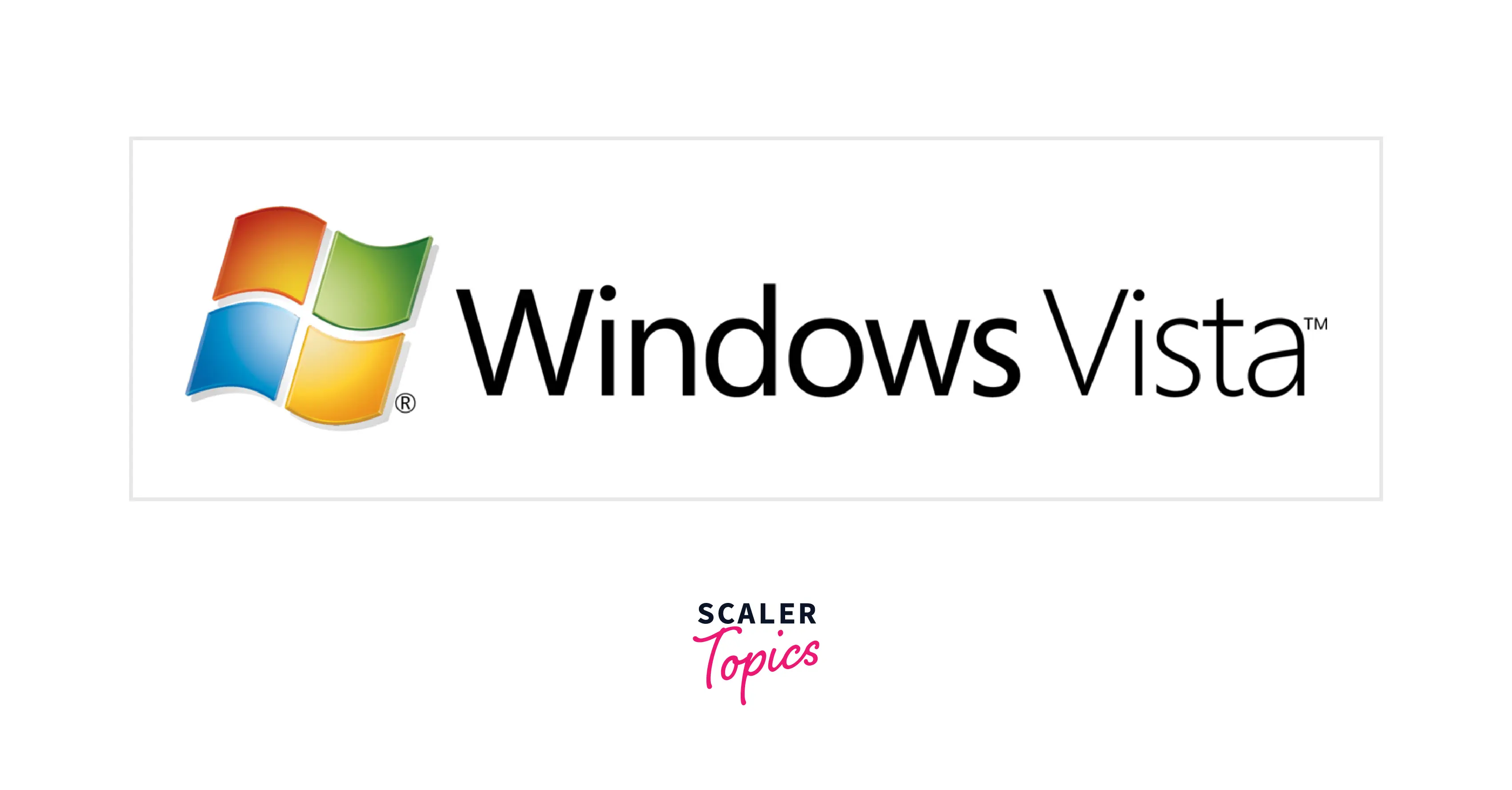
Windows 7
Date of release- October, 2009
Cost-
- Home- $199.99 for a full version; $119.99 for the upgraded version
- Business- $299.99 for a full version; $199.99 for the upgraded version
- Ultimate- $319.99 for a full version; $219.99 for the upgraded version
Features- Windows 7 was an improvised version of Windows Vista. It was more stable and faster. Handwriting recognition was used for the first time in this window.
Logo-

Windows 8
Date of release- October, 2008
Cost-
- Windows 8- $119.99
- Windows 8 Pro- $199.99
Features- It was one of the best operating system versions with a web store and USB 3 devices. The GUI had a "tile design," which made it unique.
Logo-

Windows 10
Date of release-July, 2015
Cost-
- Windows 10 Home- $139
- Windows 10 Pro- $199.99
- Windows 10 Pro for Workstations- $309
Features- Windows 10 had Microsoft Edge as the default search browser. It had a feature of switching between mouse, keyboard, and tablet mode, which was newer than this version.
Logo-

Windows 11
Date of release- October 2021
Cost- Free upgrade to existing Windows 10 users.
Features- This is the latest operating system of windows. Changes in the GUI, the taskbar has moved to the center, drag and drop option is not present.
Logo-
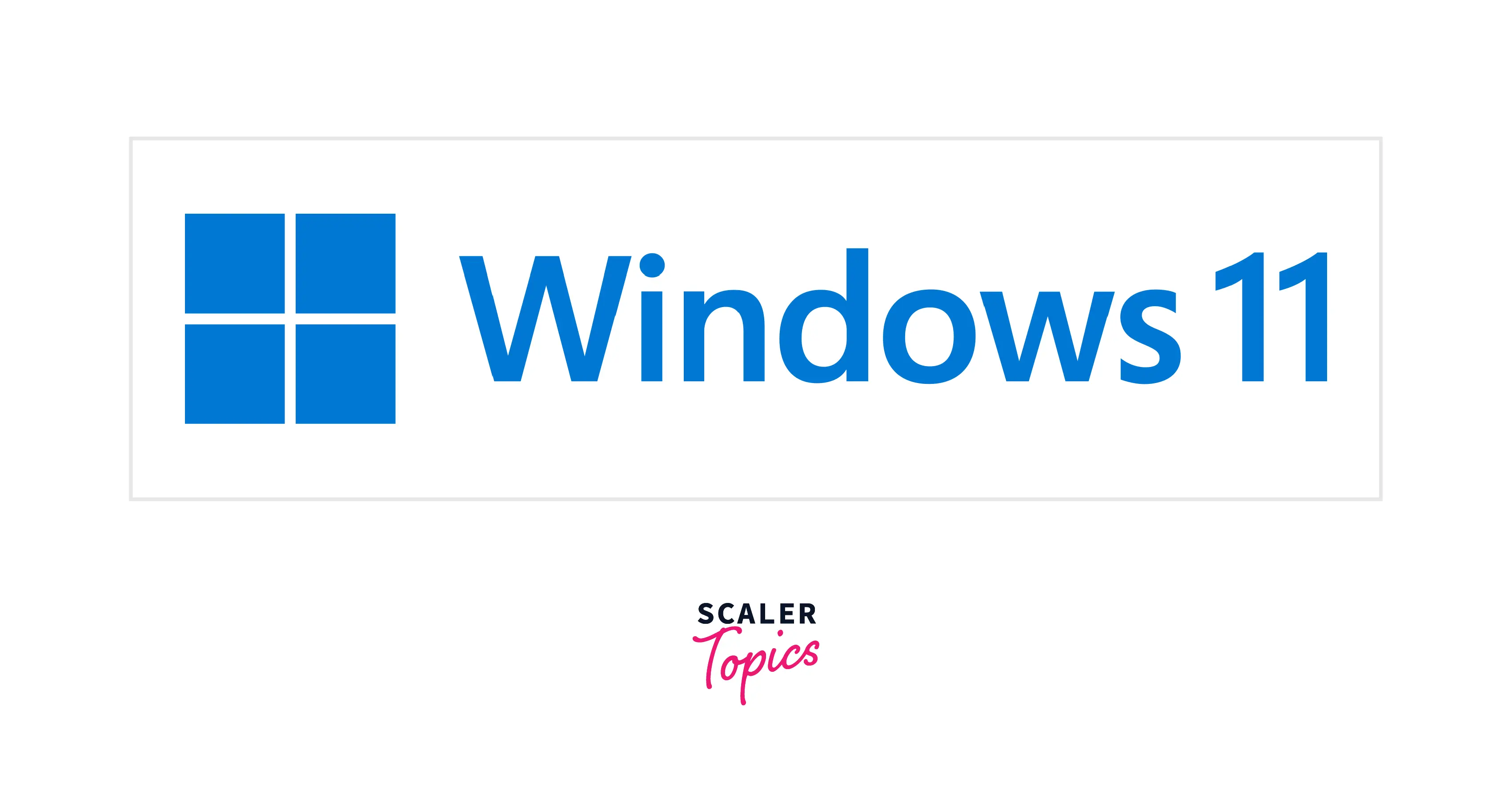
Conclusion
- The windows operating system is the most famous and common operating system.
- It was developed by Microsoft and was first released in the year 1985.
- Windows provides a Graphical User Interface, multitasking, and support for many peripheral devices.
- Windows provides several editions to the users, but the common ones are windows Home and Professional.
- Windows has Microsoft Office, which became the most common and popular office suite.
- The most famous windows version includes Windows XP, 10, etc.
- The latest window version is 11.
